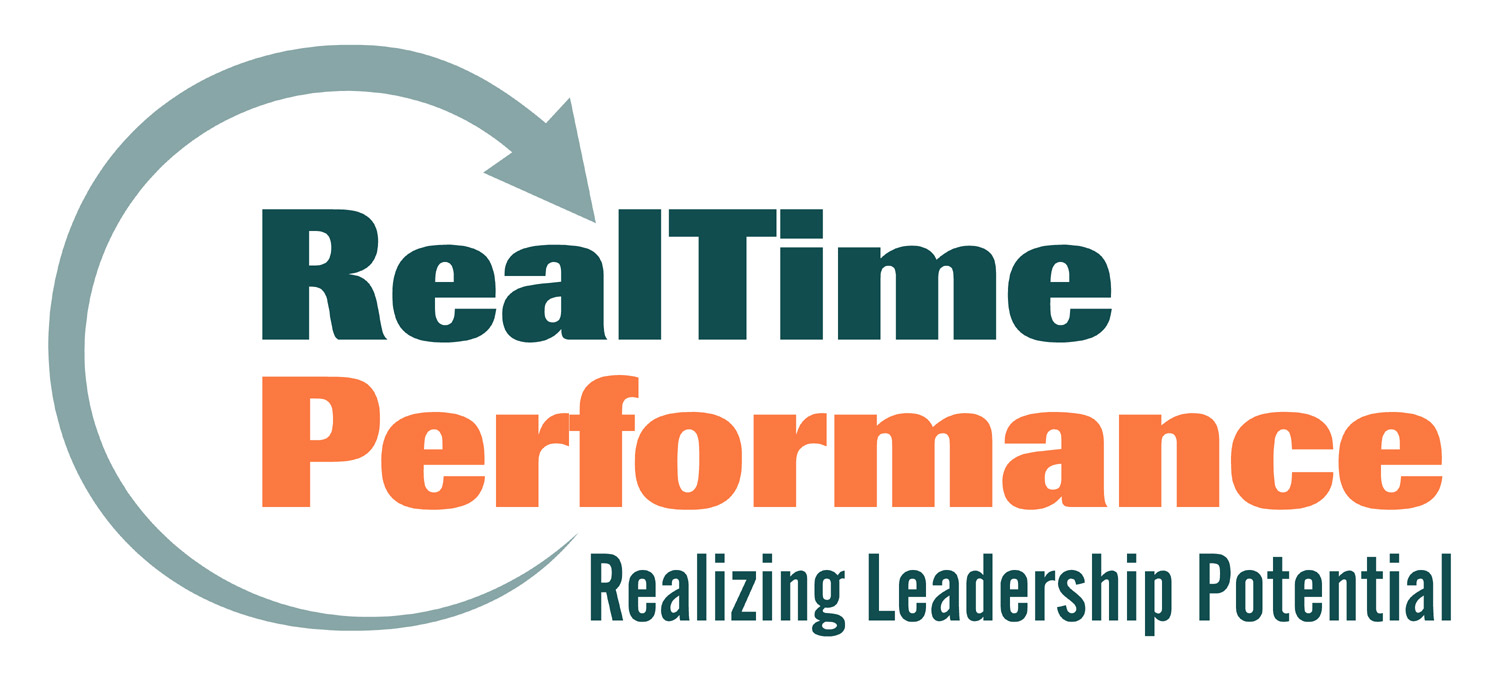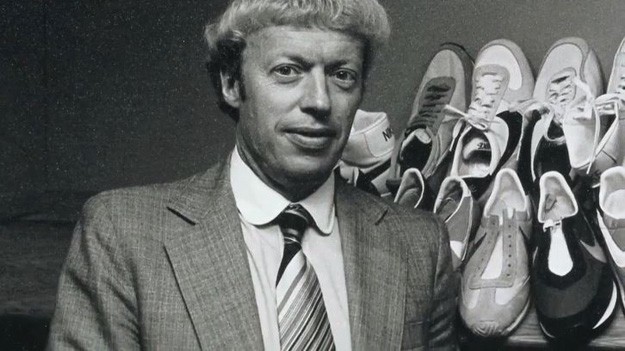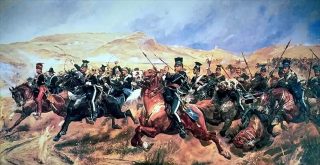From a very young age, Phil Knight, the co-founder of Nike, went by the nickname “Buck.” His father had always referred to him as such, and the name stuck. Even when he ran track for the University of Oregon his track coach, the legendary Bill Bowerman (and Nike’s other co-founder), called him Buck. As Nike grew more successful so did Phil’s stature in the business community, and Phil was increasingly referred to as “Mr. Knight.”
But there was one group of early Nike employees who never got the memo. Given that Phil was a CPA and loved numbers, his closest friends and business partners had another name for him. They would call him “Bucky the Bean Counter” whenever they wanted to give him a hard time or send him the message that he was a little too focused on the numbers.
And maybe it was a way to keep Phil grounded and just have some fun. After all, it wasn’t just Knight who had a nickname – everyone on the early Nike management team had a nickname. The bottom line is, these guys didn’t take themselves too seriously.
Every year they gathered at an offsite retreat loaded with new ideas and fresh strategies for how to keep Nike on its meteoric run, and solve the inevitable problems that accompany such growth. (In the 1960s and early 1970s, Nike revenue was doubling annually, like clockwork).
The Annual “Buttface” Retreat
They called these meetings “Buttfaces.” In his memoir, Shoe Dog, Phil Knight tells the story behind the name which reveals a lot about the subtle, yet powerful way Knight created a successful team culture:
Johnson coined the phrase, we think. At one of our earliest retreats he muttered: “How many multi-million-dollar companies can you yell out, ‘Hey Buttface,’ and the entire management team turns around?” It got a laugh. And then it stuck. And then it became a key part of our vernacular. Buttface referred to both the retreat and the retreaters, and it not only captured the informal mood of these retreats, where no idea was too sacred to be mocked, and no person was too important to be ridiculed, it also summed up the company spirit, mission and ethos.
I can see myself so clearly at the head of a conference table, shouting, being shouted at – laughing until my voice was gone. The problems confronting us were grave, complex, seemingly insurmountable…Yet we were always laughing. Sometimes after a really cathartic guffaw, I’d look around the table and feel overcome by emotion. Camaraderie, loyalty, gratitude. Even love. Surely love.
Knight created an environment where team members felt compelled to share their best ideas and honest opinions. The Buttfaces were willing to be vulnerable because Knight was leading the way. When Bucky the Bean counter threw out a crazy, outrageous idea, it signaled to the rest of the team that they could too. And when Bucky’s idea got shot down, it signaled that no idea was too sacred for criticism. The best ideas survived, and the very best of those ideas rose to the top. When you really got down to it, what Knight created at Nike’s annual retreat was…trust.
The Culture Code
And it turns out, when it comes to building trust with teams, vulnerability is a key part of the equation. Danny Coyle, in his book The Culture Code, looks at high performing cultures including Navy SEALs, Pixar, and the San Antonio Spurs. In each culture he found leaders willing to be vulnerable which in turn signaled others that they too could be vulnerable.
Coyle explains the connection:
“Normally we think about trust and vulnerability the way we think about standing on solid ground and leaping into the unknown: first we build trust, then we leap. But science is showing us that we’ve got it backward. Vulnerability doesn’t come after trust – it precedes it. Leaping into the unknown, when done alongside others, causes the solid ground of trust to materialize beneath our feet.”
Navy SEALs
Wherever Coyle observed high performing teams, he found something akin to the Buttface. With Navy SEALs it was the After Action Review (AAR). Immediately upon completing a mission, SEALs sit down and go over every decision and action, providing honest feedback in the spirit of learning and improving. Christopher Baldwin, a former operator with SEAL Team Six offered this assessment of the AAR:
“It’s probably the most crucial thing we do together aside from the missions themselves, because that’s where we figure out what really happened and how to get better.”
Pixar
At Pixar it is the BrainTrust meeting. During the early production stage of Pixar movie, the director invites a group of trusted peers, veteran directors and producers, to critique a movie-in-progress and provide candid feedback. As Ed Catmull, Pixar CEO says;
“All our movies suck at first. The BrainTurst is where we figure out why they suck, and it’s also where they start to not suck.”
Every team needs its Buttface, After Action Review or BrainTrust. These rituals are environments where everyone is vulnerable and open to feedback. And at the end of the day, it’s based on strong relationships, trust and even love. Yes love. Surely love.
For more on Nike & Phil Knight see: 7 Leadership Lessons from Phil Knight
For more on Pixar & Ed Catmull see: Management vs. Leadership
Sean P. Murray is an author, speaker and consultant in the areas of leadership development and talent management. Learn more at RealTime Performance.
Follow Me on Twitter: @seanpmurray111
Join my mailing list and be updated when I publish new articles.



[…] team-building weekend event called ‘’Buttfaces’’, which would be held several times a year by Phil Knight to keep the team […]